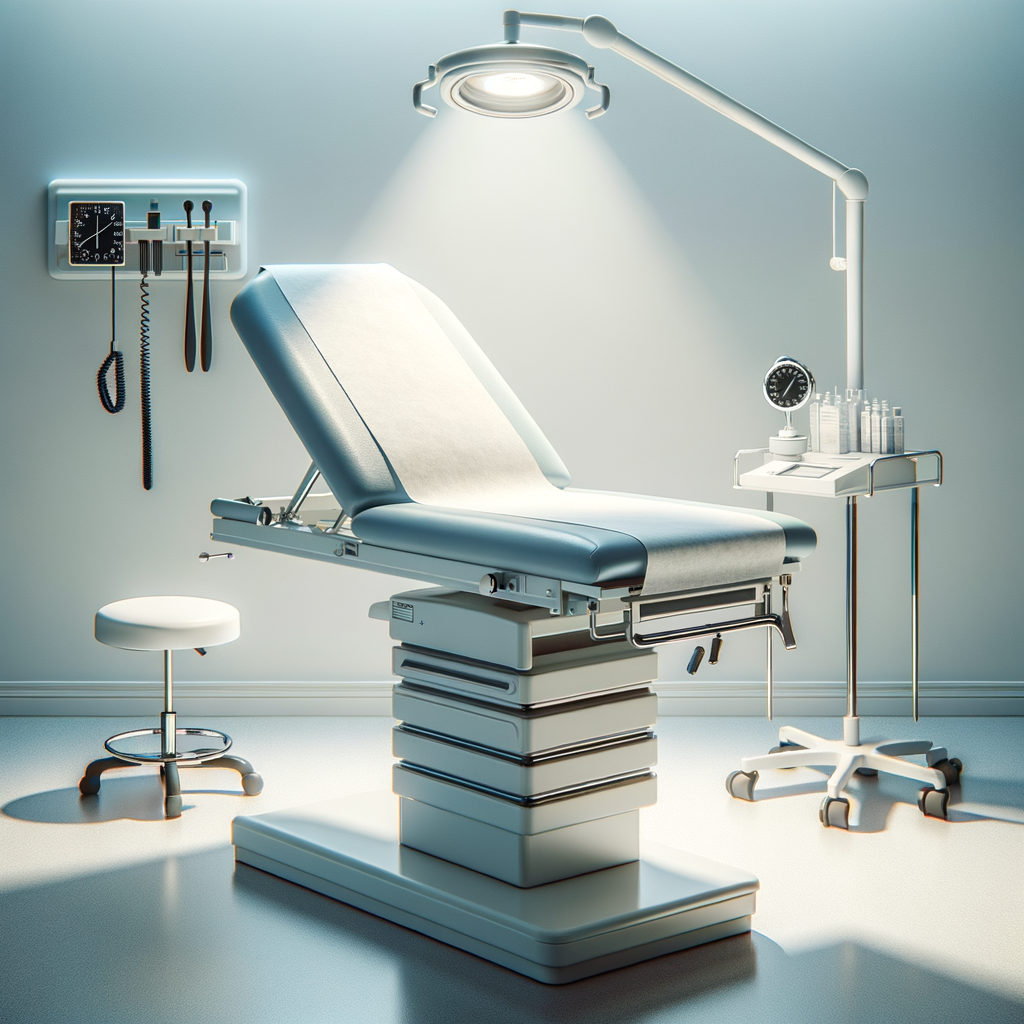In the realm of healthcare, every detail matters. From the waiting room ambiance to the demeanor of medical staff, each element contributes to the overall patient experience. One often overlooked aspect is the examination table, yet its significance cannot be overstated. This article delves into the importance of examination tables in medical settings and how the right choice can significantly enhance patient experience.
Understanding Examination Tables
Examination tables come in various shapes, sizes, and designs, catering to the diverse needs of healthcare facilities. From basic models to sophisticated, multi-functional units, these tables serve as the focal point of patient consultations and medical procedures. When selecting an examination table, healthcare providers must consider factors such as patient comfort, safety features, and functionality.
Comfort and Safety
Patient comfort should be a top priority in any medical setting. An uncomfortable examination table can increase patient anxiety and lead to a negative perception of the healthcare experience. Additionally, safety features such as sturdy construction, secure locking mechanisms, and weight capacity are essential to prevent accidents and ensure patient well-being.
Enhancing Patient Experience
The examination table plays a pivotal role in shaping the patient experience. A comfortable, inviting table can help alleviate anxiety and foster trust between patients and healthcare providers. Simple touches such as cushioned upholstery, adjustable positions, and ergonomic design can make a significant difference in how patients perceive their visit to the doctor.
Ergonomics and Accessibility
Healthcare professionals spend long hours attending to patients, often in less-than-ideal ergonomic conditions. An examination table with adjustable height and tilt options can help reduce strain and fatigue, improving practitioner comfort and productivity. Moreover, ensuring accessibility for patients with mobility issues is crucial for providing equitable care.
Hygiene and Durability
Maintaining a clean and hygienic environment is paramount in healthcare settings. Examination tables should be constructed from durable materials that withstand frequent use and are easy to clean and disinfect. Seamless surfaces, antimicrobial coatings, and removable upholstery are features to look for to minimize the risk of cross-contamination.
Versatility and Functionality
As medical practices evolve, so do the demands placed on examination tables. Healthcare providers require versatile solutions that adapt to different specialties and procedures. Adjustable headrests, stirrups, and exam paper roll holders are just a few examples of features that enhance the functionality of examination tables, making them indispensable tools for medical professionals.
Technology Integration
Advancements in technology have revolutionized the healthcare industry, and examination tables are no exception. Integrated features such as electronic height adjustment, built-in scales, and USB charging ports streamline workflow and improve patient care. By embracing technology, healthcare providers can enhance efficiency and accuracy during examinations.
Cost-effectiveness
While quality should never be compromised, healthcare facilities must also consider budgetary constraints when purchasing examination tables. Investing in durable, high-quality tables may require a larger upfront cost but can ultimately save money in the long run through reduced maintenance and replacement expenses. Balancing cost-effectiveness with quality ensures that healthcare providers get the best value for their investment.
Choosing the Right Examination Table
Selecting the right examination table requires careful consideration of various factors, including patient demographics, medical specialties, and facility requirements. Healthcare providers should assess their specific needs and prioritize features that align with their goals and budget. Consulting with manufacturers and conducting on-site demonstrations can help ensure that the chosen table meets expectations and enhances patient care.
Case Studies
Real-world examples illustrate the impact that the right examination table can have on patient experience and clinical outcomes. By examining case studies from diverse healthcare settings, practitioners can gain insights into the benefits of investing in quality equipment. Positive patient feedback, improved staff satisfaction, and increased efficiency are common outcomes of implementing the right examination table solution.
Conclusion
In conclusion, examination tables are not mere pieces of furniture but integral components of the healthcare environment. By prioritizing patient comfort, safety, and functionality, healthcare providers can enhance the overall patient experience and improve clinical outcomes. Investing in quality examination tables is an investment in patient satisfaction, practitioner well-being, and the future of healthcare delivery.

